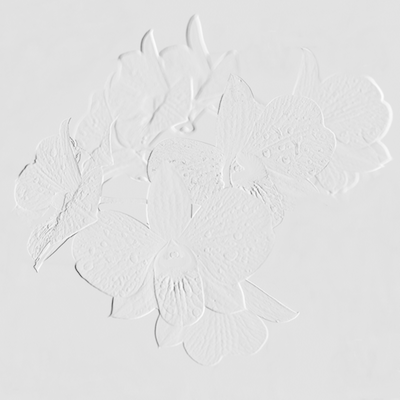
What is Embossing?
Embossing is the technique of decorating or creating images with a raised design. Artists often change the shape of paper to create raised edges with many levels. The process is worked from the reverse side of the paper, using a template and sanded dowel.
Image © Pasra Udakarn/Shutterstock- Show All
- Established
- Discoveries
ARTWORKS RELATED TO EMBOSSING
Keith Haring
White Icons (A) - Radiant Baby, 1990
Limited Edition Print
Embossing
USD 20,000 - 25,000
Keith Haring
White Icons (C) - Winged Angel, 1990
Limited Edition Print
Embossing
USD 15,000 - 20,000

This is one of the forms of abstract art that uses geometric forms placed into a non-illusionistic space (though not always) and then combined into non representational(non objective) compositions. From the experience and results of the many years of research in the area of art, artists have suggested that the process of geometric abstraction can be a solution to the modern problems where some artists have been rejecting illusionistic practices.

Known by Neo-Geo for short, this movement uses geometric objects and shapes to create abstract artwork as a metaphor for society. It is inspired by several different styles of 20th century art forms such as minimalism and pop-art. Starting in the 1980's, Neo-geo was in response to the industrialization and commercialization of the modern world.









